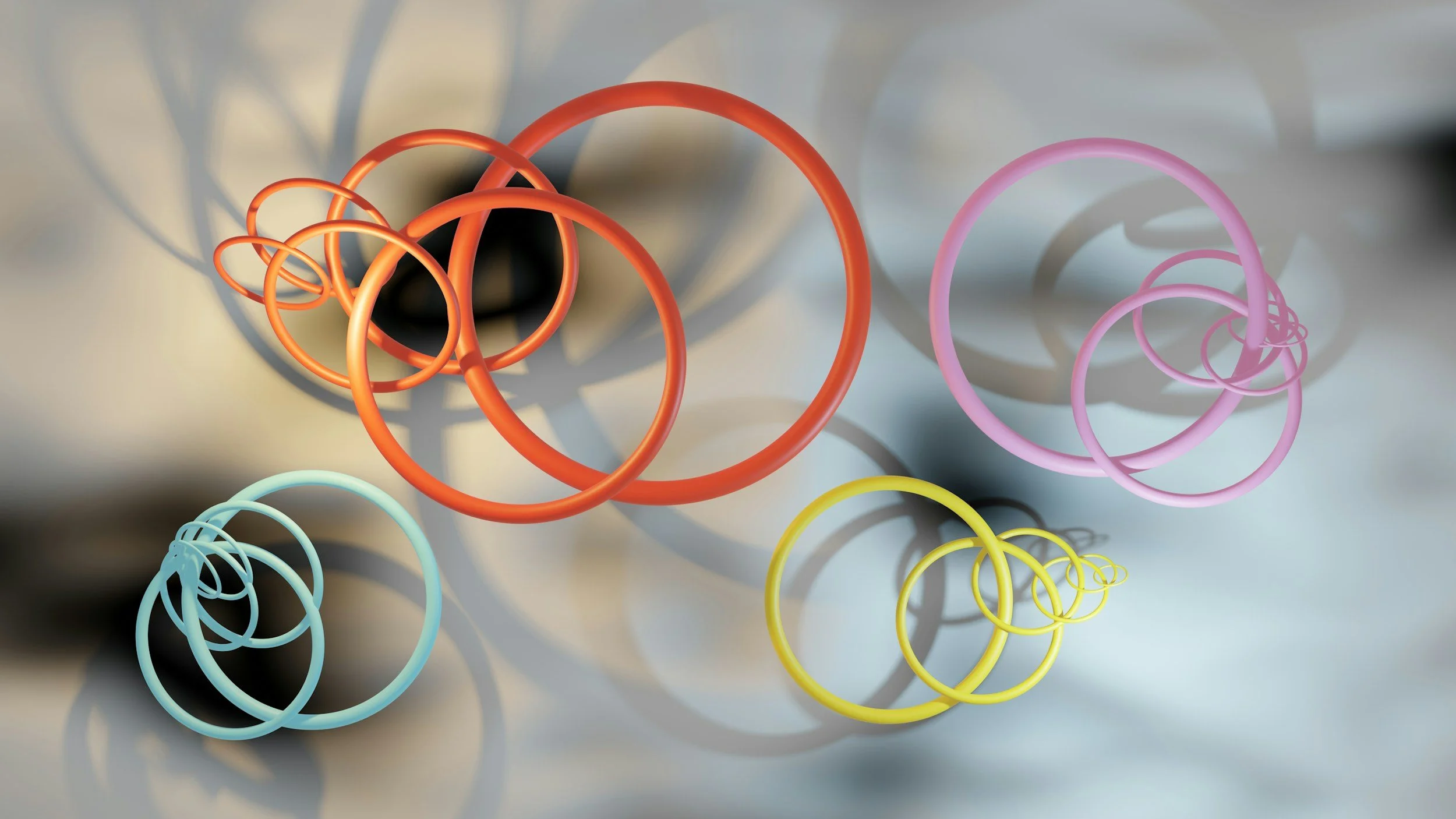
Rotary Shaft Seals - Types, Materials, Designs
What are Rotary Shaft Seals
Rotary shaft seals—also known as oil seals, radial lip seals, or simply shaft seals—are essential components in rotating equipment. They’re designed to keep lubricants in and contaminants out, ensuring efficient operation in gearboxes, pumps, motors, and other rotating systems.
By forming a barrier between a rotating shaft and a stationary housing, these seals play a critical role in preventing leakage and protecting internal components from dirt, dust, moisture, and chemicals.
-
Rotary shaft seals come in several configurations to suit different performance requirements, installation conditions, and environmental factors. Below is an overview of the most common types used across industries.
1. Rubber-Covered, Metal-Reinforced Seal, A Types
These seals feature a metal insert for strength and stability, surrounded by an elastomer coating on the outer diameter. The rubber exterior ensures a reliable static seal in the housing, even if the bore is slightly rough or misaligned.
Common styles: Type A (single lip), Type AS (with secondary dust lip)
Ideal for: General-purpose use, especially in split housings or softer bore materials
Benefits: Easier to install, better sealing in imperfect housings, cost-effective
2. Metal-Cased Seals, B Types
Seals with an exposed metal outer shell are engineered for precision and durability. This construction offers a tight press-fit and excellent resistance to deformation under pressure or heat.
Common styles: Type B (single lip), Type BS (with secondary dust lip)
Ideal for: High-speed or high-rigidity applications
Benefits: Precise fit, high dimensional stability, suitable for large-diameter shafts
3. Dual-Lip (Two-Lip) Seals
Dual-lip seals incorporate a secondary lip—usually positioned on the air/external side of the seal—which acts as a dust wiper. This keeps abrasive contaminants away from the primary sealing lip, extending service life.
Variants: AD, BD, 2AB and 2AT
Benefits: Dual protection, extended durability, reliable sealing in dirty environments
4. Cassette Seals (Combi Seals)
Cassette or combination seals are modular units that integrate multiple sealing functions (e.g. oil and dust protection) into a single assembly. These are commonly used in off-road vehicles, agriculture equipment, and axles.
Features: Pre-assembled for easier installation, multiple sealing lips
Popular examples: Freudenberg COMBI F6, F8
Benefits: Long service life, reduced installation time, robust performance
5. PTFE-Lipped and Hybrid Seals
When standard elastomers aren't enough—due to temperature, speed, or chemical exposure—seals made from PTFE (Teflon®) or with PTFE-based lips are used. These may be spring-energized to maintain contact under varying conditions.
Applications: High-speed spindles, chemical pumps, food-grade equipment
Temperature range: Up to 260 °C depending on design
Advantages: Low friction, chemical resistance, extended performance envelope
6. Built-Up / Heavy-Duty Seals
For large or customized applications, multi-component rotary seals are used. These built-up constructions combine metal cases, rubber elements, and support rings to handle higher loads or harsh environments.
Examples: AB, AT, ATC, 2AB variants
Common uses: Steel mills, marine equipment, heavy industry
Strengths: Customisable, suitable for extreme operating conditions
-
Performance Capabilities
Rotary shaft seals are evaluated based on how well they balance sealing efficiency with friction, pressure resistance, and wear.
Operating Pressure
Standard seals: Up to 0.5 bar
Reinforced types (e.g. AHP/ASHP): Up to 10 bar
PTFE/spring-loaded variants: Higher pressures possible depending on design
Speed Limits
Standard elastomer seals: Up to 10–15 m/s
High-performance designs (e.g. Radiamatic RHS): Up to 40 m/s or more
Friction & Leakage Control
Proper lip design ensures minimal leakage while avoiding excessive friction, which can lead to heat buildup and wear. Many seals include a garter spring to maintain lip contact under variable speeds and temperatures.
Environmental Protection
Dust, water, and abrasive particles are major causes of premature seal failure. Seals with auxiliary lips or cassette designs help isolate the primary sealing surface from contamination.
Choosing the Right Seal
To select the right rotary shaft seal for your application, consider the following:
Shaft size and speed
Operating temperature range
Exposure to pressure or vacuum
Lubricant type or media (oil, grease, water, fuel, chemicals)
Contamination risk (dust, mud, slurry, etc.)
Housing material and condition (split bore, surface finish)
Installation constraints or preferences (ease of fit, replacement cycle)
Matching these parameters with the appropriate material and seal construction ensures optimal performance and longevity.

